Welcome to our article on deep belief networks (DBNs) and their role as pioneering deep learning architectures. In this article, we will explore the history, structure, advantages, and applications of DBNs, as well as the challenges they face and future directions in the field. DBNs have revolutionized the field of deep learning, enabling significant advancements in domains such as image classification, natural language processing, and medical information processing.
But first, let’s understand what deep belief networks are and how they differ from other neural network architectures. DBNs are powerful algorithms designed based on the concept of neural network architecture, consisting of multiple hidden layers stacked on top of each other. Their unique structure allows them to learn hierarchical representations from large amounts of data without supervision.
Throughout this article, we will delve into the fascinating history of neural network design, from the early works of Yann LeCun and the LeNet5 architecture to the breakthroughs of AlexNet, VGG networks, and GoogLeNet. These advancements have paved the way for the development of DBNs as pioneering deep learning architectures.
Stay tuned as we dive deeper into the understanding of DBNs, their advantages, and their wide range of applications. We will also discuss the challenges DBNs face and explore computational tools that can enhance their training and deployment. Finally, we will highlight some major applications of DBNs across various domains and conclude with a summary of their impact on the field of deep learning.
The History and Evolution of Neural Network Design
The history of neural network design has witnessed significant progress in the last few years, especially in the context of deep learning. The evolution of neural networks has been driven by advancements in technology, research, and the need for more efficient and accurate models in various domains.
One of the pioneering works in convolutional neural networks (CNNs) is the LeNet5 architecture developed by Yann LeCun in 1994. LeNet5 provided valuable insights into the effectiveness of using convolutions to extract spatial features from images, laying the foundation for image recognition and classification.
Building upon LeNet5’s success, subsequent advancements such as the Dan Ciresan Net and AlexNet further propelled the field of deep learning. These architectures introduced novel features such as rectified linear units (ReLU) as non-linearities and the use of GPUs to improve training time, revolutionizing the speed and performance of neural networks.
The VGG networks and Network-in-network (NiN) architectures also played a crucial role in the evolution of deep learning models. VGG networks explored the use of smaller convolutional filters, while NiN focused on combining features more effectively, both contributing to improved accuracy and interpretability in neural network designs.
“The GoogLeNet and Inception architectures introduced the concept of the Inception module, which greatly reduced the computational burden of deep neural networks. This innovation opened new doors for the development of complex models that could fit within resource constraints.”
Throughout this evolution, deep learning has become a cornerstone of neural network design, facilitating advancements in various fields such as computer vision, natural language processing, and robotics. The ability of deep learning models to learn hierarchical representations from data has led to breakthroughs in image recognition, speech processing, and even medical diagnostics.
Deep Learning Milestones
To better understand the history and evolution of neural network design, let’s take a look at some key milestones:
| Year | Architectures |
|---|---|
| 1994 | LeNet5 |
| 2010 | Dan Ciresan Net, AlexNet |
| 2014 | VGG networks, Network-in-network (NiN) |
| 2015 | GoogLeNet, Inception |
These milestones highlight the rapid growth and continuous innovation in neural network design, shaping the landscape of deep learning and its applications.
The evolution of neural network design has paved the way for the emergence of deep belief networks (DBNs) as pioneering deep learning architectures. In the following sections, we’ll explore the structure and training of DBNs, their advantages and applications, as well as the challenges and future directions in the field of deep learning.
Understanding Deep Belief Networks (DBNs)
Deep Belief Networks (DBNs) are probabilistic generative models that enhance the representation of data to approximate the target function. DBNs consist of multiple hidden layers stacked on top of each other, and each layer is trained individually starting from the bottom layer. The training process involves feeding the input data through the layers and updating the weights and biases based on the observed data. Once a DBN is trained, it learns a hierarchy of feature detectors without supervision.
DBNs have been widely used for various applications, including image recognition, speech processing, and natural language processing. In image recognition, DBNs analyze and classify images based on the learned features, enabling the identification of objects, patterns, and visual cues. This has significant applications in fields such as computer vision, autonomous vehicles, and surveillance systems. DBNs also excel in speech processing tasks by extracting meaningful representations from audio data, enabling applications like speech recognition, speaker identification, and emotion detection. Additionally, in natural language processing, DBNs help comprehend and generate human language, facilitating tasks like language translation, sentiment analysis, and chatbots.
The structure of a DBN is a vital component in its effectiveness. Each layer in the network is connected to the layer above and below it, forming a hierarchical architecture. This structure allows DBNs to capture both low-level and high-level features of the data, enabling the generation of rich and abstract representations. The DBN’s hierarchical nature mimics the organization of the human visual and auditory systems, making it well-suited for processing complex information.
DBN Training
The training of a Deep Belief Network involves two stages: pre-training and fine-tuning. Pre-training is performed layer by layer, where each layer is trained as a restricted Boltzmann machine (RBM). RBMs are used to model the probability distribution over the visible and hidden units, capturing the underlying patterns in the data. This unsupervised pre-training helps initialize the DBN by learning unique features at each layer.
After pre-training, the DBN is fine-tuned using supervised learning methods, such as backpropagation. During fine-tuning, the weights and biases of the network are adjusted to minimize the error between the predicted and actual outputs. This process allows the DBN to generalize and make accurate predictions based on new, unseen data.
The combination of pre-training and fine-tuning enables DBNs to learn hierarchical representations efficiently, contributing to their success in various domains.
| Advantages of Deep Belief Networks (DBNs) | Applications of Deep Belief Networks (DBNs) |
|---|---|
|
|
DBNs offer significant advantages in deep learning tasks by automating the feature extraction process and handling complex data effectively. Their applications span various domains, including computer vision, natural language processing, and anomaly detection. As DBNs continue to evolve, they hold immense potential for advancing AI technologies and addressing complex real-world problems.
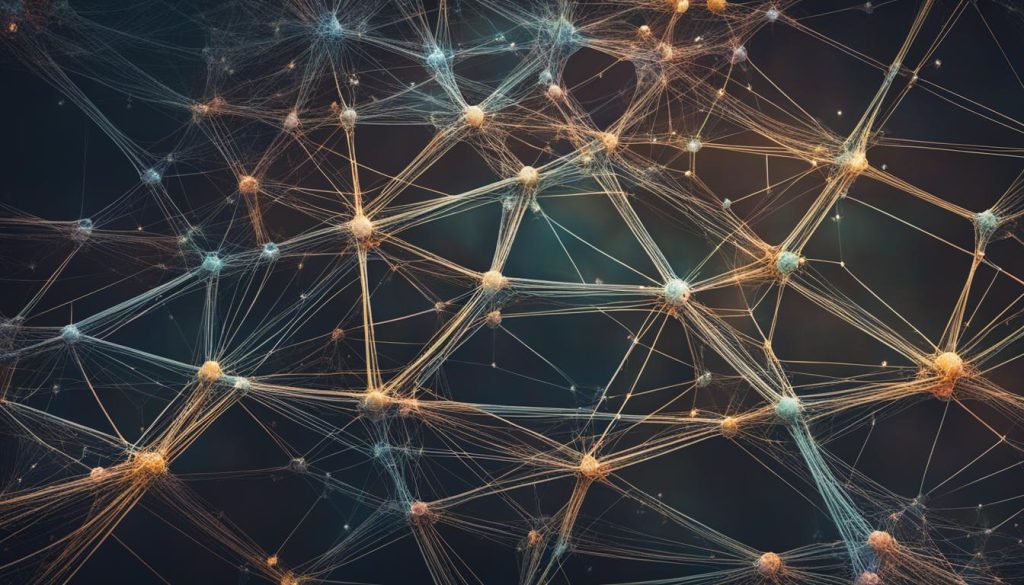
Advantages and Applications of Deep Belief Networks
Deep Belief Networks (DBNs) have become a powerful tool in the field of deep learning, offering a range of advantages and finding diverse applications. These networks excel in learning from vast amounts of data, making them highly effective for tasks that require complex representations, such as image and speech recognition. With their ability to automatically extract discriminative features from raw data, DBNs eliminate the need for manual feature engineering, streamlining the workflow for researchers and developers.
DBNs have found successful applications in various domains, showcasing their versatility and adaptability. Let’s explore a few notable examples:
- Cybersecurity: DBNs have been instrumental in detecting and preventing cyber threats. Their ability to analyze large datasets and identify patterns makes them invaluable in anomaly detection, intrusion detection, and malware classification.
- Bioinformatics: DBNs play a crucial role in analyzing biological data and uncovering insights. They have been employed in protein structure prediction, gene expression analysis, and drug discovery, revolutionizing the field of bioinformatics.
- Robotics and Control: DBNs contribute to advancements in robotics and control systems by enabling complex decision-making processes. They aid in autonomous object recognition, motion planning, and control, empowering robots to interact intelligently with their environment.
- Medical Information Processing: DBNs are transforming healthcare by facilitating accurate diagnosis, prognosis, and treatment prediction. They have been applied in medical image analysis, clinical decision support systems, and genomic data analysis, improving patient outcomes.
Moreover, the ability of DBNs to handle complex and high-dimensional data also makes them suitable for addressing challenges in domains like natural language processing, speech recognition, fraud detection, and recommendation systems, among others.
Advantages of Deep Belief Networks:
When it comes to deep learning architectures, DBNs offer several unique advantages:
- Ability to Learn from Huge Datasets: DBNs excel in handling large-scale datasets, allowing for the training of highly accurate models.
- Automated Feature Extraction: By automatically learning discriminative features from raw data, DBNs eliminate the manual effort required for feature engineering.
- Handling Complex Data: DBNs can effectively process and model high-dimensional and complex data, making them suitable for a wide range of applications.
- Improved Performance in Recognition Tasks: With their ability to extract meaningful representations, DBNs outperform traditional machine learning techniques in tasks such as image and speech recognition.
With these advantages, DBNs continue to drive advancements in deep learning, offering unprecedented potential for solving complex problems and achieving breakthroughs in various fields.
Summary
Deep Belief Networks (DBNs) have emerged as a leading technology in the field of deep learning. Their ability to learn from massive datasets and automatically extract relevant features positions them as a key enabler for complex tasks like image and speech recognition. From cybersecurity to bioinformatics, robotics to medical information processing, DBNs find applications across diverse domains. With unique advantages such as automated feature extraction and the ability to handle complex data, DBNs continue to push the boundaries of deep learning and pave the way for innovative solutions.
Challenges and Future Directions in Deep Belief Networks
Despite the remarkable performance of Deep Belief Networks (DBNs) in various applications, several challenges still need to be addressed to unlock their full potential. These challenges are crucial for enhancing the effectiveness and efficiency of DBNs in real-world scenarios.
One of the major challenges in DBNs is the lack of training data. Acquiring labeled data can be difficult, especially in domains where data collection is expensive or time-consuming. The scarcity of labeled data limits the training process and hampers the ability of DBNs to learn accurate representations.
Another significant challenge faced by DBNs is imbalanced data. In many datasets, certain classes have significantly fewer samples than others. This imbalance can bias the DBN’s learning process and compromise its ability to generalize to all classes effectively.
The interpretability of learned representations is another challenge in DBNs. While DBNs can extract high-level features from data, understanding and interpreting these features can be complex. Interpretable models are essential for fields like healthcare and finance, where trust and transparency are crucial.
Model compression is yet another challenge in DBNs. Deploying DBNs on resource-constrained devices, such as mobile phones or IoT devices, requires compressing the model to reduce its size and computational demand without sacrificing performance.
Addressing the problem of overfitting is also critical for DBNs. Overfitting occurs when a model becomes too specialized to the training data and fails to generalize well to unseen data. Preventing overfitting improves the generalization capabilities of DBNs.
Despite these challenges, the future directions in DBNs are promising. Researchers and practitioners are actively working to overcome these limitations and explore new applications in emerging areas.
- One future direction involves developing techniques to address the challenge of limited training data. This can include methods like transfer learning, where knowledge learned from a related task or dataset is transferred to improve the performance of DBNs in a target domain.
- To tackle the issue of imbalanced data, researchers are exploring techniques such as data augmentation, which artificially increases the size of the minority classes, and sampling techniques to balance the distribution of classes.
- Improving the interpretability of learned representations is another important future direction. Researchers are developing methods to visualize and understand the learned features in DBNs, enabling better insights and decision-making based on these representations.
- Model compression techniques, such as pruning, quantization, and knowledge distillation, are being investigated to reduce the size and computational requirements of DBNs, making them more suitable for deployment on resource-constrained devices.
- Exploring new applications in emerging areas, such as genomics, environmental monitoring, and autonomous systems, is an exciting future direction that can expand the scope and impact of DBNs.
Through these future directions, DBNs are poised to overcome their challenges and drive further advancements in deep learning and AI technologies.
| Challenges in DBNs | Future Directions in DBNs |
|---|---|
| Lack of training data | Develop techniques for limited training data |
| Imbalanced data | Explore techniques for balancing class distribution |
| Interpretability of learned representations | Improve techniques for visualizing and understanding representations |
| Model compression | Investigate techniques for compressing DBNs for resource-constrained devices |
| Overfitting | Prevent overfitting to improve generalization capabilities |
Computational Tools for Deep Belief Networks
The training and deployment of Deep Belief Networks (DBNs) require substantial computational resources. To accelerate the training process and improve DBN performance, various computational tools can be utilized. Let’s explore the three primary options: Central Processing Units (CPUs), Graphics Processing Units (GPUs), and Field-Programmable Gate Arrays (FPGAs).
Central Processing Units (CPUs)
CPUs are the traditional choice for deep learning tasks. They possess general-purpose processing power and can handle a wide range of computational tasks. However, when it comes to large-scale DBN training, CPUs may face limitations due to their sequential processing nature. This can result in longer training times, especially for complex models with massive datasets.
Graphics Processing Units (GPUs)
GPUs have become the standard choice for accelerating deep learning computations. They offer parallel processing capabilities, allowing for more efficient training of DBNs. GPUs excel at performing repetitive calculations simultaneously, making them ideal for deep learning tasks that involve matrix operations. With their high-speed memory and parallel architecture, GPUs significantly reduce training times and enable the processing of large-scale datasets.
Field-Programmable Gate Arrays (FPGAs)
FPGAs provide even higher levels of parallelism and flexibility compared to CPUs and GPUs. These hardware chips can be customized to implement specific algorithms and data flow structures, making them suitable for custom hardware acceleration of DBNs. FPGAs allow for efficient computation of the complex operations performed during DBN training, achieving faster processing speeds and energy efficiency. The customizable nature of FPGAs enables optimization for specific DBN architectures and applications.
The choice of computational tool depends on the specific requirements of the DBN application and the available resources. CPUs are suitable for smaller-scale DBNs or situations where limited computational power is sufficient. GPUs offer substantial parallel processing power, making them ideal for larger-scale DBN training. FPGAs provide even higher levels of parallelism and the ability to customize hardware acceleration, making them a valuable option for specialized DBN applications.
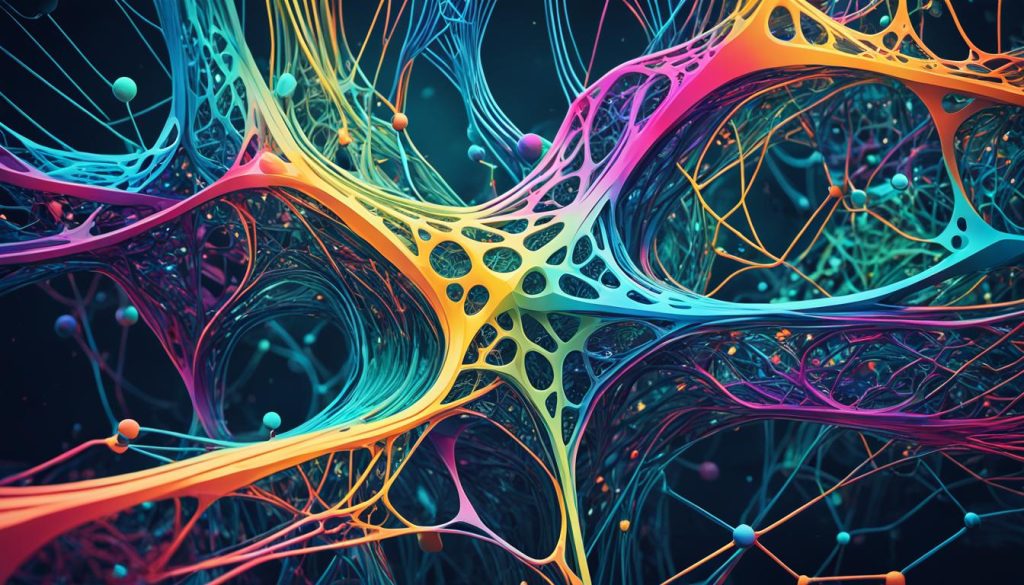
Major Applications of Deep Belief Networks
Deep Belief Networks (DBNs) have gained wide popularity and have been successfully applied across various domains. These powerful algorithms have demonstrated remarkable performance in solving complex tasks. Let’s explore some of the major applications of DBNs:
1. Image Recognition:
DBNs have revolutionized the field of image recognition. They have been extensively used for object detection, image classification, and facial recognition. DBNs excel in learning intricate patterns and features from images, enabling accurate identification and classification.
2. Natural Language Processing:
DBNs have made significant contributions to natural language processing (NLP). They have been employed for tasks such as sentiment analysis, text generation, and machine translation. DBNs are capable of understanding and processing vast amounts of textual data, enabling the development of powerful NLP applications.
3. Medical Image Analysis:
In the field of medical imaging, DBNs have played a crucial role in disease diagnosis, tumor segmentation, and medical image synthesis. By effectively analyzing complex medical images, DBNs assist healthcare professionals in accurate diagnosis and treatment planning.
4. Speech Recognition:
DBNs have been instrumental in advancing speech recognition technology. They have been utilized for speech-to-text conversion and voice-controlled systems. DBNs leverage their ability to extract relevant features from speech signals, improving speech recognition accuracy.
5. Recommendation Systems:
DBNs have found extensive applications in recommendation systems, where they analyze user preferences and provide personalized recommendations. By understanding user behavior, DBNs enhance the accuracy and relevance of recommendations, leading to improved user experiences.
6. Fraud Detection and Anomaly Detection:
DBNs have demonstrated exceptional performance in detecting fraudulent activities and identifying anomalies in complex datasets. By learning patterns and abnormalities, DBNs help businesses mitigate risks and enhance security measures.
These are just a few examples of the diverse applications of DBNs. Their versatility and ability to handle complex data have made them invaluable tools across various industries. With ongoing research and advancements, DBNs are expected to continue pushing the boundaries of deep learning and AI technologies.
Conclusion
Deep Belief Networks (DBNs) have revolutionized the field of deep learning and have become a fundamental tool in AI technology. These neural network architectures have demonstrated their remarkable ability to learn complex representations from vast amounts of data, surpassing traditional machine learning techniques in various domains.
Despite the challenges, such as the need for large labeled datasets and the interpretability of learned representations, DBNs continue to play a pivotal role in advancing AI technologies. With their capability to automatically extract discriminative features and eliminate the need for manual feature engineering, DBNs have propelled advancements in image recognition, natural language processing, medical information processing, and more.
As research and advancements in DBNs continue, they hold immense potential for further improvements and innovations in the field of deep learning. The use of DBNs will undoubtedly lead to more accurate predictions, enhanced decision-making processes, and increased efficiency in solving complex problems. The impact of DBNs on AI technology and their wide range of applications make them an indispensable asset for organizations and researchers alike.
FAQ
What are Deep Belief Networks (DBNs)?
Deep Belief Networks (DBNs) are powerful algorithms in deep learning that consist of stacked hidden layers trained individually to learn a hierarchy of feature detectors without supervision.
What are the advantages of Deep Belief Networks?
Deep Belief Networks (DBNs) have the ability to learn from massive amounts of data, automatically extract discriminative features, and eliminate the need for manual feature engineering. They have been successfully applied in various domains, such as image recognition, speech processing, and natural language processing.
What are the challenges in using Deep Belief Networks?
Deep Belief Networks (DBNs) face challenges such as the lack of training data, imbalanced data, interpretability of learned representations, model compression for deployment on resource-constrained devices, and the problem of overfitting. However, ongoing research aims to overcome these limitations and explore new applications in emerging areas.
What computational tools can be used for Deep Belief Networks?
Deep Belief Networks (DBNs) can be accelerated using various computational tools. Central Processing Units (CPUs) are traditional choices, while Graphics Processing Units (GPUs) provide parallel processing capabilities. Field-Programmable Gate Arrays (FPGAs) offer higher parallelism and flexibility for custom hardware acceleration of DBNs.
What are the major applications of Deep Belief Networks?
Deep Belief Networks (DBNs) have been extensively applied in image recognition for tasks like object detection, image classification, and facial recognition. They are also used in natural language processing for sentiment analysis, text generation, and machine translation. DBNs have found applications in medical image analysis, speech recognition, recommendation systems, fraud detection, and anomaly detection.


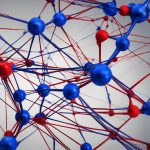


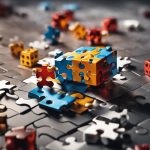

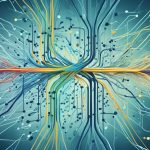
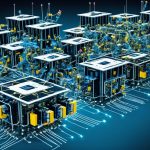
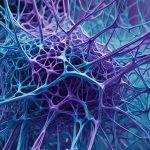
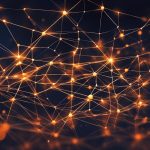

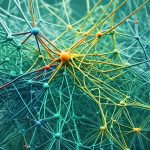
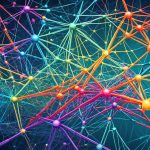
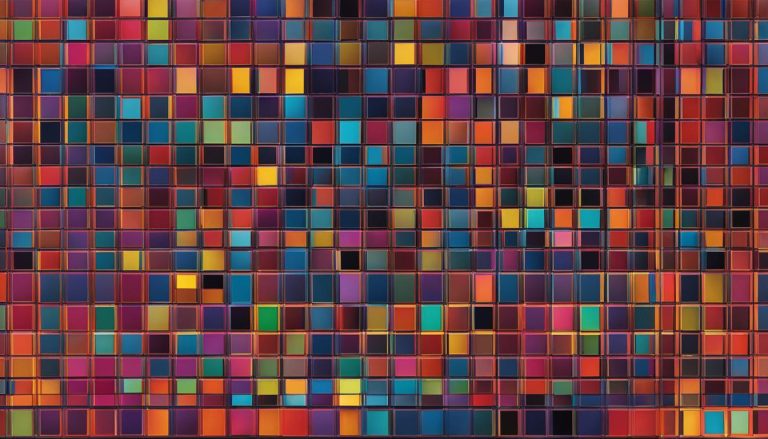
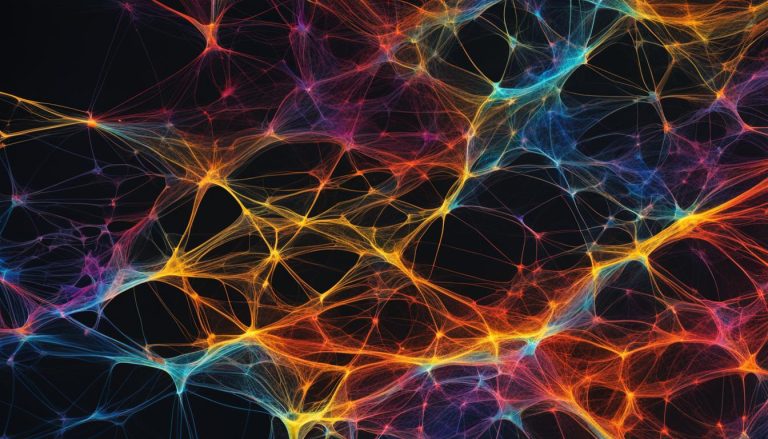
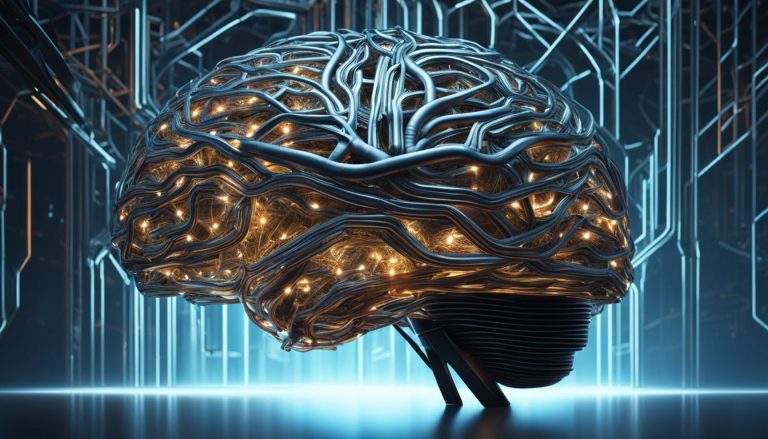

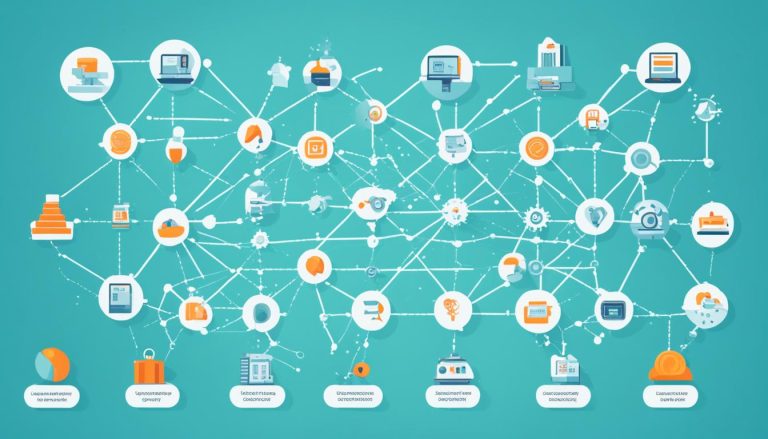
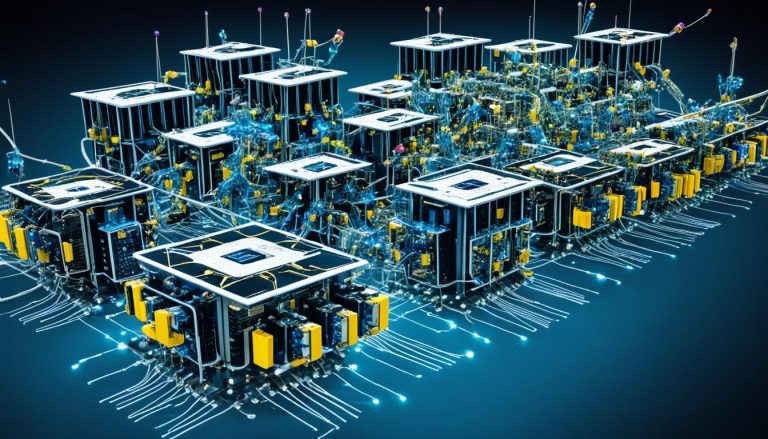
One Comment